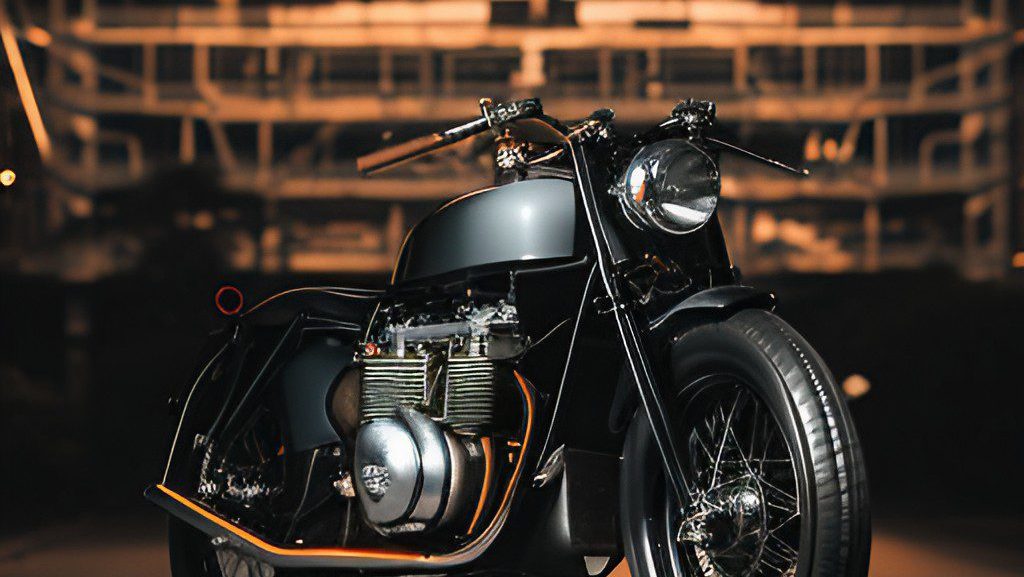Over the decades, the motorcycling industry has seen some of the most iconic bikes in its time that have changed the way everyone looks at motorcycles today. As the world transitions into a faster and more environmentally conscious future, let us take a step back and revisit some of the bikes that made a staggering impact on the world. These era-defining motorcycles have not only shaped the industry but also the cultural and social aspects of society itself. In this blog post series, we will discuss the impact of game-changing models from different decades and take a ride through time.
The 1900s saw the Harley-Davidson V-twin 1903 model, which remains one of the most identifiable and recognizable motorcycles to date. The bike contributed to the development of American motorcycle culture as is the reason behind its popularity amongst bike lovers. Its kickstarter mechanism and loud exhaust sound have become an addition to its legacy. The bike also played a significant role in World War I and II by being used as a primary mode of transportation for American troops.
In the 1950s, A British motorcycle manufacturer, Norton, produced the iconic Manx Norton. The bike revolutionized the racing world by winning seven world championships in the 1950s. The Manx Norton was also the first bike to use the Featherbed Frame design, which changed the landscape of racing motorcycles. The bike then further developed and contributed to the evolution of cafe racer motorcycles in the 1960s, an era when bikes were all about speed and style.
The 1970s witnessed the advent of the iconic and timeless BMW R90S. The bike’s superb handling, reliability, and unique look made it a standout of the ’70s, both on and off the track. Furthermore, the bike’s full fairing design and the flat-twin engine were crucial innovations which made it so memorable. Its contribution to the sport-touring category made it a desirable bike amongst long-distance riders and the military.
Another significant contribution to motorcycling was made in the 1980s, with the Honda CX500 Turbo. The bike was the first to be equipped with extensive electronics, from fuel injection to a turbocharger. It quickly became one of the fastest bikes of its time and set the bar for future innovations. The bike displayed the best technical achievement of the decade, and with its sporty characteristics, became one of the most popular bikes from its era.
The 1990s saw the emergence of the Ducati 916, a bike that set a new standard for sports bikes worldwide. It was the first mass-produced motorcycle to use electronic fuel injection and featured a unique and aerodynamic design. The bike’s performance and phenomenal handling resulted in it becoming one of the most desirable bikes of all time, making it an era-defining model.
Conclusion:
Taking a look back at motorcycles across the decades exposes the evolution of the industry to the present. These bikes, discussed above, represent the most iconic and game-changing motorcycles of their time and have helped shape the current riding scene. From the Harley Davidson V-twin to Ducati 916, we’ve seen how each motorcycle has introduced some of the world’s best technological innovations. We can look back and appreciate how each motorcycle’s design, technology and unique characteristics had a considerable and often long-lasting impact on the industry and motorcycling as a whole. It remains significant to acknowledge these iconic bikes in their respective time periods and how they paved the way into the future of motorcycles.
Era-Defining Motorcycles: A Retrospective of Iconic Bikes Through Time

The history of motorcycles over the years reveals how the business has changed up to the present. The bikes mentioned above are among the most recognizable and revolutionary motorcycles of their day and have influenced the riding scene today. We’ve seen how each motorcycle—from the Ducati 916 to the Harley Davidson V-twin—has made some of the best technological advancements in the world. Looking back, we can see how each motorcycle’s style, innovation, and distinctive features had a significant, frequently enduring impact on the motorcycle business. It is nevertheless important to recognize how these famous bikes influenced motorcycle design in the future during their respective eras.
